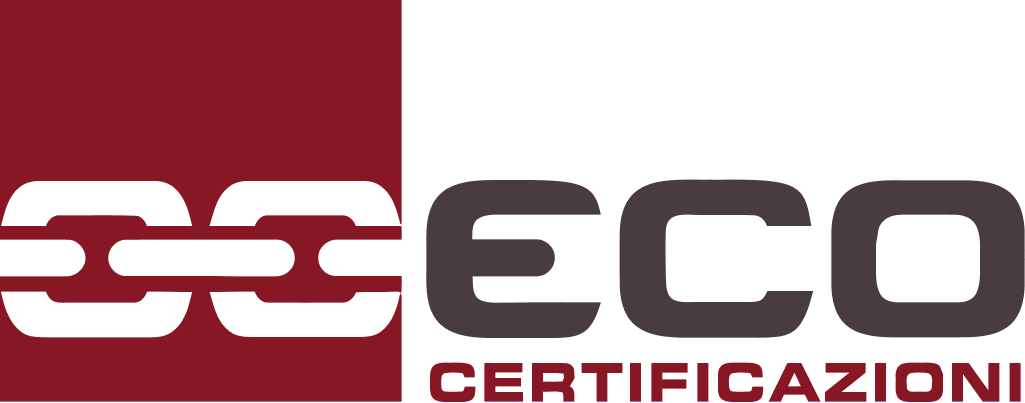Machinery Directive 2006/42/EC
The CE marking according to the Machinery Directive 2006/42/EC, enacted as of 29/12/2009, represents a mandatory and obligatory requirement for the marketing of machinery within the European Union.
THE CE MARKING OF MACHINERY
The Machinery Directive 2006/42/EC requires that the manufacturer applies, on each product placed in the market and put into service, the CE Mark (as per Annex III) and to draw up the EC Declaration of Conformity (as per Annex II part 1.A) to state that all the applicable essential health and safety requirement have been met.
The Directive applies to the following products (Article 1):
a) MACHINERY;
b) INTERCHANGEABLE EQUIPMENT;
c) SAFETY COMPONENTS;
d) LIFTING ACCESSORIES;
e) CHAINS, ROPES AND WEBBING;
f) REMOVABLE MECHANICAL TRANSMISSION DEVICES;
g) PARTLY COMPLETED MACHINERY.
LEGISLATIVE FRAMEWORK
Article 1 of the Machinery Directive 2006/42/EC identifies the products that must be considered as “machine” and establishes the essential health and safety requirements which shall be met.
Article 12 sets out the procedure which shall be applied by the manufacturer in order to certify the conformity of machinery with the provisions of the Directive.
PROCEDURES FOR ASSESSMENT OF CONFORMITY
Article 12 provides for three procedures depending on the type of machine and depending on whether or not it is listed in Annex IV.
Where the machinery is referred to in Annex IV and manufactured in accordance with the harmonised standards and provided that those standards cover all of the relevant essential health and safety requirements, the manufacturer or his authorised representative shall apply one of the following procedures:
-
- the procedure for assessment of conformity with internal checks on the manufacture of machinery, provided for in Annex VIII;
- the EC type-examination procedure provided for in Annex IX, plus the internal checks on the manufacture of machinery provided for in Annex VIII, point 3;
- the full quality assurance procedure provided for in Annex X.
Where the machinery is referred to in Annex IV and has not been manufactured in accordance with the harmonised standards, or only partly in accordance with such standards, or if the harmonised standards do not cover all the relevant essential health and safety requirements or if no harmonised standards exist for the machinery in question, the manufacturer shall apply one of the following procedures:
-
- the EC type-examination procedure provided for in Annex IX, plus the internal checks on the manufacture of machinery provided for in Annex VIII, point 3;
- the full quality assurance procedure provided for in Annex X.
INTERVENTION OF THE NOTIFIED BODY
ECO Certificazioni is a Notified Body n. 0714 and has been granted the authorisation to issue the EC Type-examination Certificate or the Full Quality Assurance Certificate for the machinery listed in Annex IV.
ECO relies on professional technicians that, thanks to a high level of competence, training and preparation, guarantee the client punctuality and quality, whether in providing the services inherent to the certification of the machinery or in meeting specific needs as expressed by the client.
Go to the list for which ECO is authorised to issue CE certificates of conformity pursuant to Directive 2006/42/EC.
MAIN AREAS OF INTERVENTION
ECO Certificazioni S.p.A. is a leader in:
-
- machines for lifting people with a risk of a vertical fall of more than 3 meters, mobile elevating work platforms (EN 280), lifting platforms for the impaired people, platforms for lifting people and goods.
- machines for lifting vehicles for maintenance, repair and inspection purposes (EN 1493).
- ROPS and FOPS protection structures; but also TOPS, Front guard, such as cabs and roll-bars, ECO performs destructive tests on prototypes in accordance with the technical standards harmonized with the Machinery Directive.
- Logic units to ensure safety functions.
- Protective devices designed to detect the presence of persons and Power-operated interlocking movable guards designed to be used as safeguards in machinery.
- Woodworking machinery.
- Manually loaded trucks for the collection of household refuse incorporating a compression mechanism.
- Machinery for underground working.
For more details please visit Nando (New Approach Notified and Designated Organisations) Information System.


